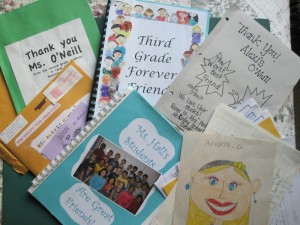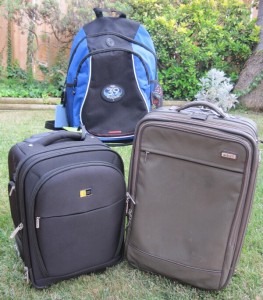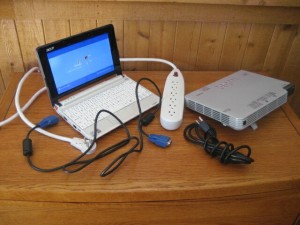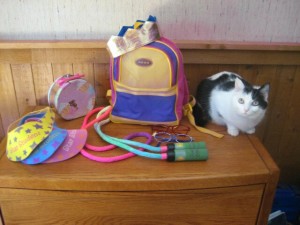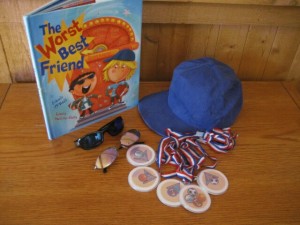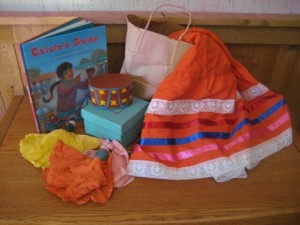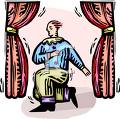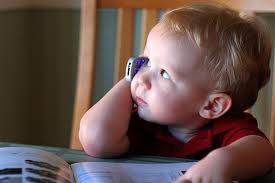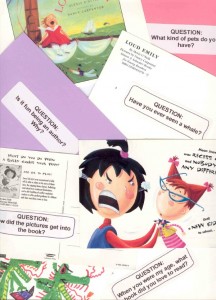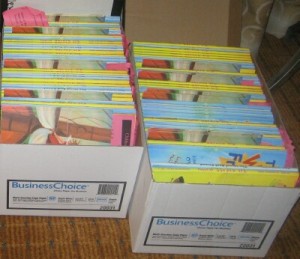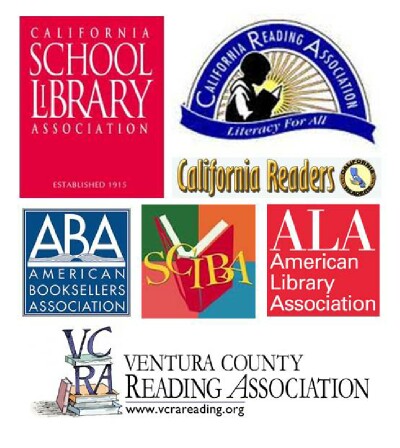 The number one question authors who want to do more school visits ask me is “How can I get more gigs?”
The number one question authors who want to do more school visits ask me is “How can I get more gigs?”
The simple answer is this: participate in activities where you are most likely to meet the people who are in a position to hire you. These people usually include librarians, teachers and teaching specialists, principals, curriculum coordinators, and parent group leaders. Also, booksellers often recommend authors to schools, so they are important contacts to have.
Look for opportunities to meet them where they gather – at workshops and conferences at the school district, county and state-wide levels. The best kind of involvement is doing presentations – either solo, duo or on a panel – where participants get a feel for your personality, presentation style and your books.
Concentrate on becoming known locally. Even high-profile authors are feeling the funding pinch as many hosts are looking for local authors to save travel costs.
Schedule time to do an online search for professional associations. Find out when they meet and propose doing a workshop session. For example, I live in California, so here are some of the educational and literary associations, with their national counterparts, that I have been involved with (and most states will have similar groups):
- California School Library Association / American Library Association
- Ventura CountyReading Association /California Reading Association / International Reading Association
- Southern California Independent Booksellers Association / American Booksellers Association (American Children’s Booksellers Association branch)
- Subject-specific disciplines (English, math, science/technology, social studies/history) that relate to my works.
Social gatherings are also great places to build relationships. For example, I attend some luncheons organized by teachers and librarians, especially those at which my friends are keynote speakers or who are receiving awards. These would include:
- California Readers
- Children’s Literature Council of Southern California
- Friends of Children and Literature, Los Angeles Public Library
Take time to find URLs for organizations, keep a database of conference dates and proposal deadlines, and strategize on where you can best focus your gig-finding opportunities in the coming year.
To get you started, here’s a link to reading associations in North America:


